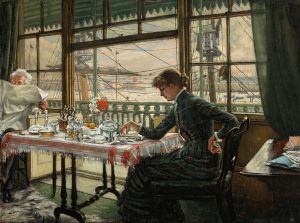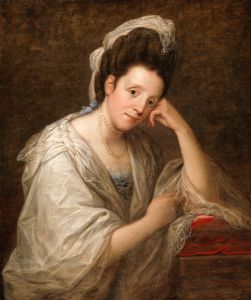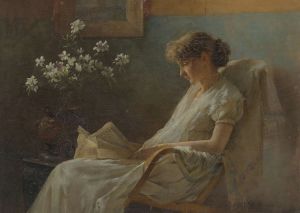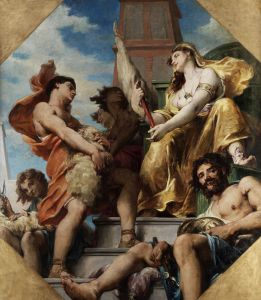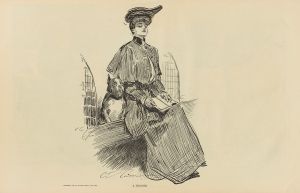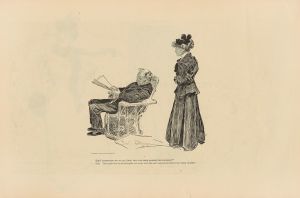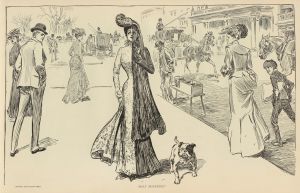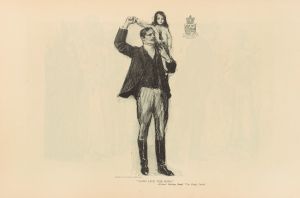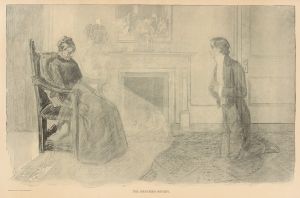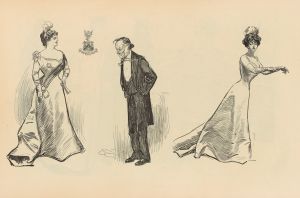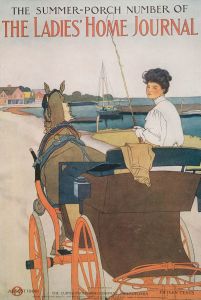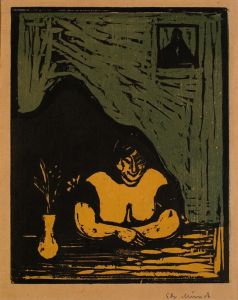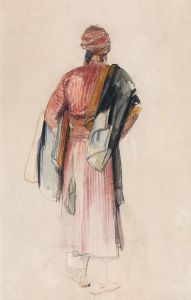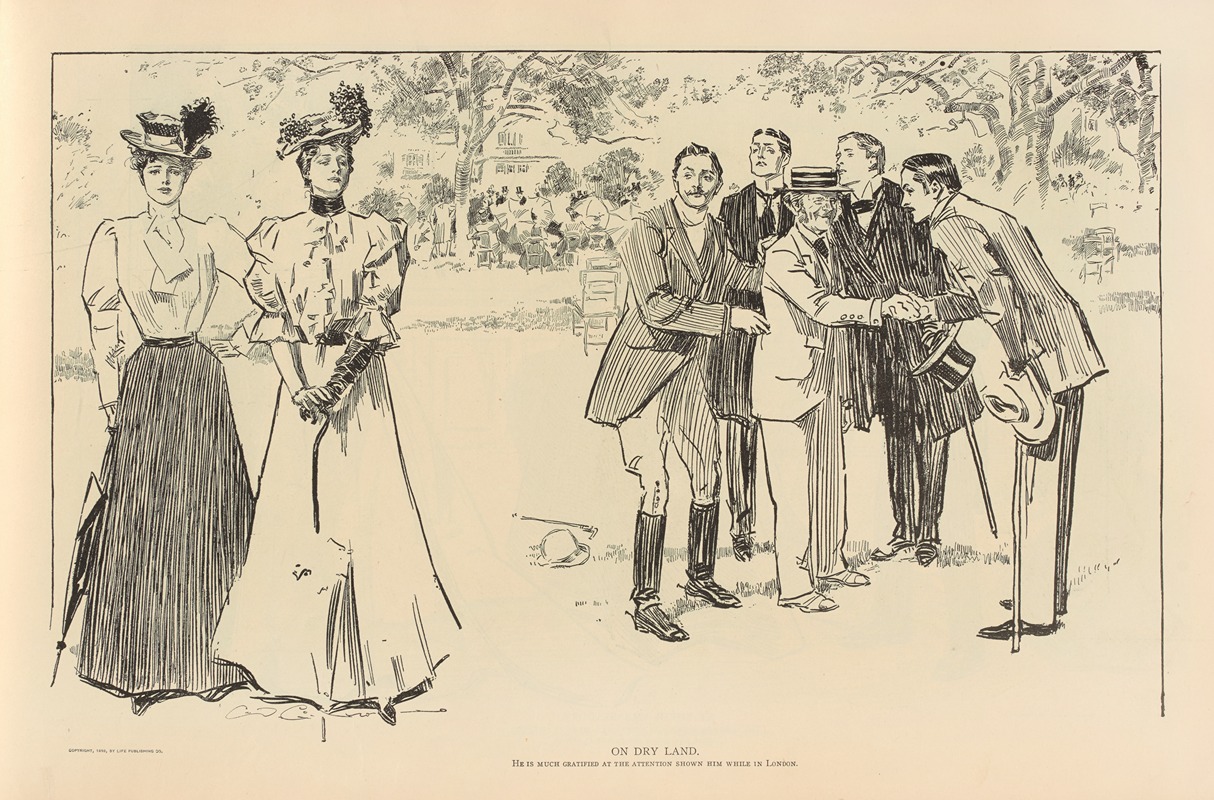
On dry land
A hand-painted replica of Charles Dana Gibson’s masterpiece On dry land, meticulously crafted by professional artists to capture the true essence of the original. Each piece is created with museum-quality canvas and rare mineral pigments, carefully painted by experienced artists with delicate brushstrokes and rich, layered colors to perfectly recreate the texture of the original artwork. Unlike machine-printed reproductions, this hand-painted version brings the painting to life, infused with the artist’s emotions and skill in every stroke. Whether for personal collection or home decoration, it instantly elevates the artistic atmosphere of any space.
Charles Dana Gibson was an influential American illustrator, best known for creating the iconic "Gibson Girl," a representation of the idealized American woman at the turn of the 20th century. His work was widely published in magazines such as Life, Scribner's, and Harper's, and he played a significant role in shaping the visual culture of his time. One of his notable works is the illustration titled "On Dry Land."
"On Dry Land" is a black-and-white illustration that showcases Gibson's signature style, characterized by detailed line work and a keen sense of social commentary. While specific details about the creation and publication of "On Dry Land" are not as extensively documented as some of his other works, it is consistent with Gibson's broader oeuvre, which often depicted scenes of social interaction and the nuances of human relationships.
The illustration captures a moment of leisure and social engagement, themes that were common in Gibson's work. His illustrations frequently explored the dynamics between men and women, often with a humorous or satirical edge. "On Dry Land" likely fits within this context, presenting a scene that reflects the social norms and cultural attitudes of the early 1900s.
Gibson's work, including "On Dry Land," is notable for its reflection of the societal changes occurring during his lifetime. The late 19th and early 20th centuries were periods of significant transformation in America, with shifts in gender roles, the rise of the middle class, and changes in fashion and lifestyle. Gibson's illustrations often captured these changes, offering a window into the evolving American identity.
The "Gibson Girl" phenomenon, which Gibson is most famous for, was a central element of his artistic legacy. This idealized image of femininity was characterized by beauty, independence, and a sense of self-assuredness. While "On Dry Land" may not feature the "Gibson Girl" directly, it is part of the broader body of work that contributed to Gibson's reputation as a chronicler of American life.
Gibson's influence extended beyond illustration; he was a cultural icon whose work impacted fashion, advertising, and the arts. His ability to capture the spirit of his time with wit and elegance made his illustrations enduring symbols of an era. "On Dry Land," like many of his works, exemplifies his talent for combining artistic skill with social insight.
In summary, while specific details about "On Dry Land" are limited, it is a piece that fits within Charles Dana Gibson's larger body of work, reflecting his style and thematic interests. His illustrations remain significant for their artistic merit and their role in documenting the cultural landscape of early 20th-century America.





